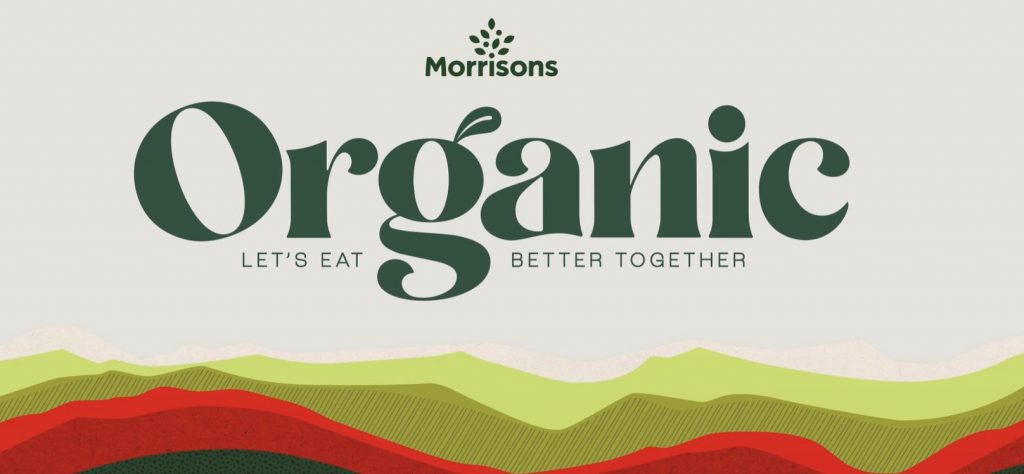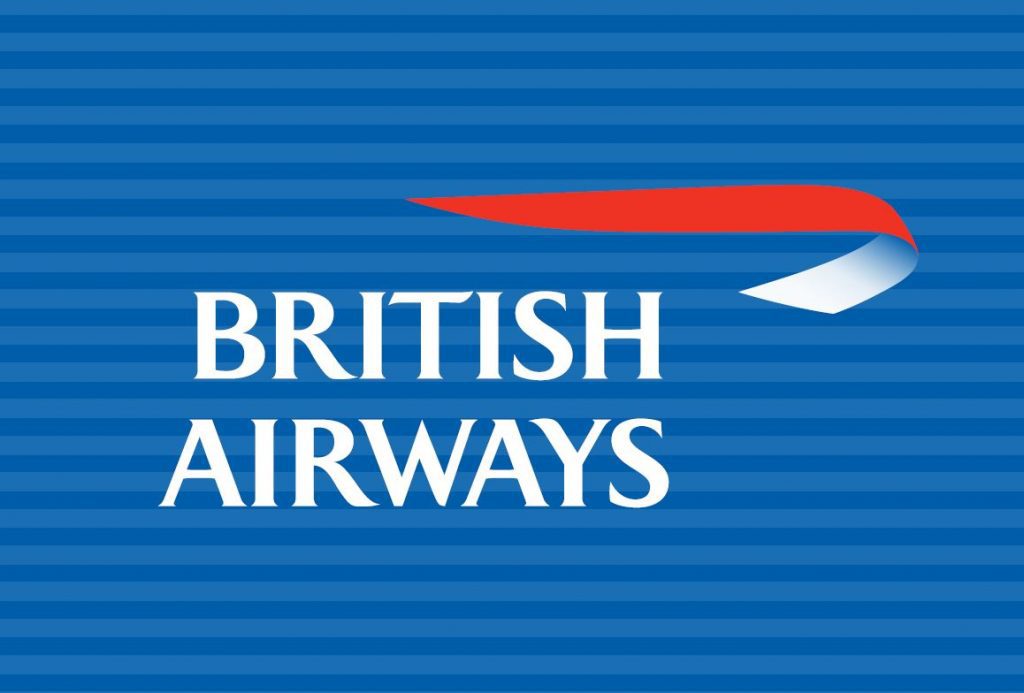Pepsi was created by chemist named Caleb Bradham. He was inspired to experiment with various products and ingredients to create a suitable summer drink that became highly sought after way back in the summer of 1898. It was this summer inspiration that later evolved into what we now know as Pepsi Cola. The company was launched officially in the year 1902. The beginning of Pepsi Cola was in the back room of his pharmacy, but recognizing its potential, Caleb soon started bottling the product so that people all over can enjoy it. As the years passed, Caleb started franchising the bottling of the drink to different people in different locations. Soon Pepsi Cola was being sold in 24 states across the United States. When World War I broke out, the company went bankrupt and Caleb had to sell the trademark to a stock broker from North Carolina. But he too could not revive the business. It was the candy manufacturer, Charles G. Guth, who bought it from the previous owner and revived it into the global brand it is today. Its marketing plan started even when the company was in the hands of Caleb and grew with the company. It was during World War II that the company adopted the red white and blue emblem to depict patriotic America. The color code still exists today though the emblem has evolved many times.
The color code still exists today though the emblem has evolved many times.

It was after 65 years after the sale of its first cola that PepsiCo started its diversification into other foods and beverages. Now the company not only sells Pepsi, its main brand, but also other items like Quaker Oats, Aquafina, Tropicana, Mountain Dew and Lays. It also had alliance with companies like Starbucks and Lipton to come out with special coffee and tea.
PepsiCo’s Marketing and Promotional Strategy
The current marketing strategy adopted by PepsiCo Inc. is definitely one that caters to its global standing. Since Pepsi came out at a time when Coke or Coca Cola already had a head start in the market, its market strategy and business plan began with differentiation – an attempt to establish its product as one that is unique in taste and quality. This approach was successful to a great extend and Pepsi was able to establish itself in the US markets. Later the plan shifted to comparative marketing and later to diversification.
Pepsi’s promotional campaigns had a lot to do with its success. Pepsi’s market environment always presented it with a challenge in the form of Coke which had already created a niche for itself.
In the 1940s to create a niche among the African American, Pepsi created a scholarship program that awarded 17 African American high school seniors full time scholarships. During the same time the ad campaigns of Pepsi featured top people from the African American community and they called it “Leader in their field” campaign. This campaign was quite a breakthrough and really made an impact. It opened up a whole new market segment for the company.
In the 1960s, Pepsi’s campaign was aimed at teenagers and young adults – beach bursting of youngsters having fun and drinking Pepsi was quite a common theme and popular too. It showed that Pepsi was the drink for partying and hanging out with friends, something the American youth could easily identify with. The “Pepsi Generation” theme became highly popular and the drink started creating a niche for itself among the young of the country. At first it was called “think young” campaign. This later evolved into “come alive” in the year 1965. This is when the term “Pepsi generation” was first introduced to the people.
In the 1970s Pepsi came out something called the “Pepsi Challenge”. This campaign was aimed at proving Pepsi as a better tasting drink than its rival Coke and involved blind tasting of the two products to choose the better one. Even though this helped improve the market share of PepsiCo, Coke still led the market.
Pop icons like Michael Jackson and Lionel Ritchie and youth sensation like Michael J Fox became part of the Pepsi campaigns in the 1980s where by Pepsi began to beat Coke and come out the winner. They had a huge fan following and when they were seen endorsing the brand, the impact was instantaneous. Pepsi also exploited famous movies of the time like Star Wars to improve their brand image and create interest among the people. However, Pepsi chose to replace the “Pepsi Generation” campaign with “Gotta Have It” in the beginning of the 1990s. This turned out to be an erroneous move and Coke again started to gain market share.
Source: https://www.mbaknol.com/management-case-studies/case-study-pepsis-international-marketing-strategy/


